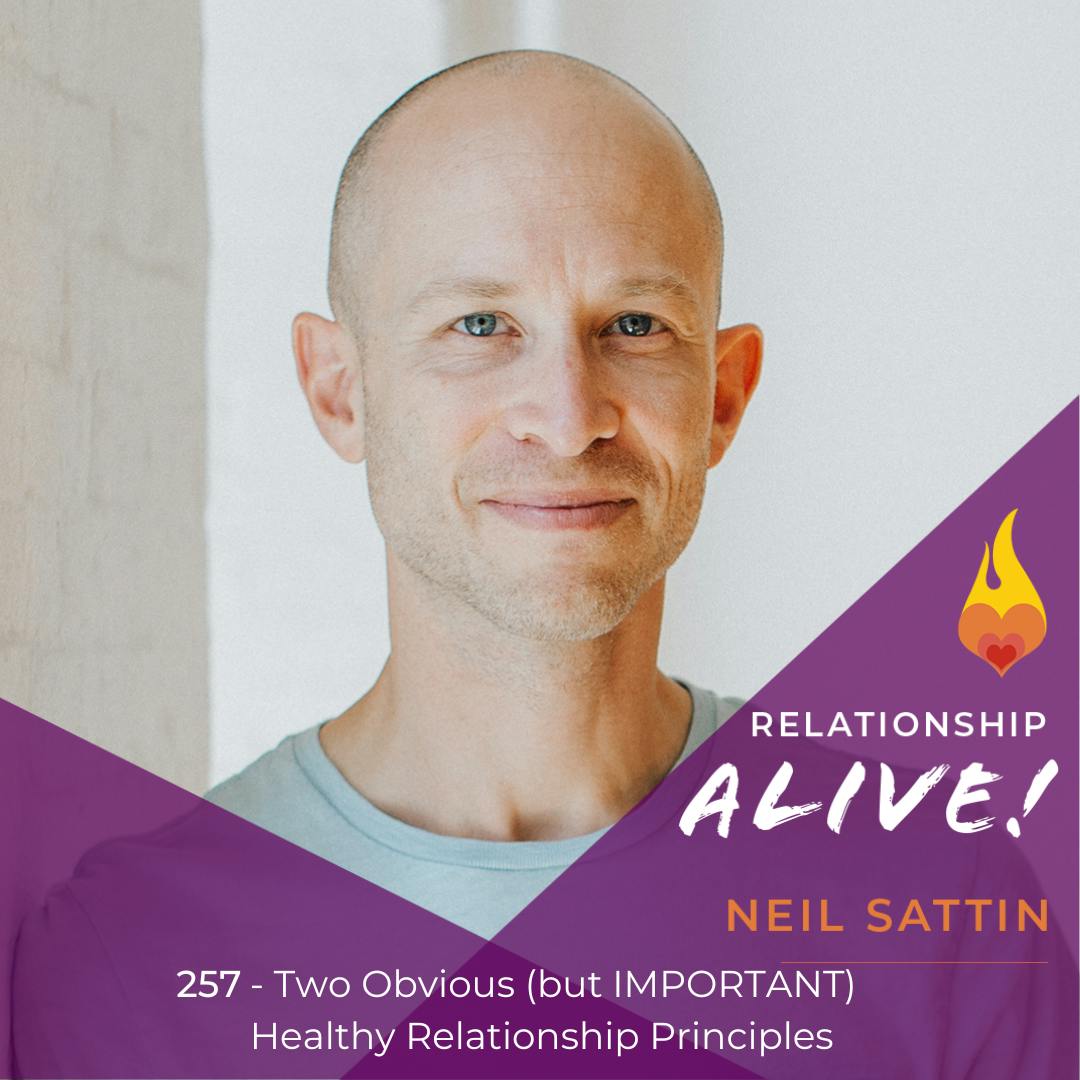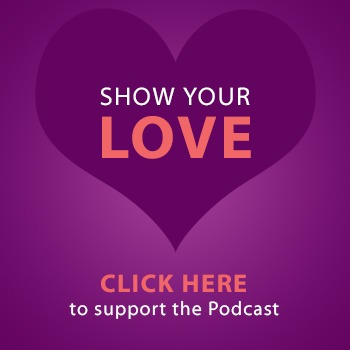It's Labor Day weekend here in the USA, and for those of us in Maine it usually marks the end of the summer. While technically the summer lasts for another few weeks, the cries of children on school playgrounds (did I say "cries"? I meant "screams of delight") remind us that the summer "vacation" is over - time to get back to work. And while "Labor Day" might conjure up visions of a parade of pregnant women marching down Main Street in unity over their predicament, the truth is that we're all back to our labors - hopefully labors of love. So while enjoying the last long weekend of the summer (which included staining our deck and an impromptu barbeque) I managed to stay true to my commitment to all of you, and proceeded with Disc Two of the PhotoReading Course. Here I am to report what I discovered.
Disc Two of the PhotoReading course jumps right into the kinds of things that you would expect: further elucidating the difference between the kind of reading we've traditionally done (linear reading) and what we're about to learn (reading with the whole mind), as well as introducing some of the important techniques of the PhotoReading system. Now one thing that I forgot to mention with Disc One was that we began with a simple "read for 5 minutes the way you normally do" exercise - obtaining a baseline against which our progress will be measured. I happened to pick up a copy recently of James Watson's "DNA, the Secret of Life" - so that's the book that I'm using for my personal PhotoReading experiments. Now, I wouldn't consider myself to be a slow reader by any means, but in 5 minutes of reading I didn't even get out of the initial roman numeraled pages. Room for considerable improvement, I suppose. After Disc Two you get to experience just how MUCH improvement - without even having learned all of the steps of the system yet.
Then the actual coursework begins. Paul Scheele's PhotoReading course wastes no time, with an exercise or two to show you how your linear mind (left brain) can limit your progress when you're trying to do something new/strange, and then revealing how incorporating your right brain into your attempts allows you to make enormous progress. Let's face it, when someone tells me that I'm going to learn an "entirely new way to read" there's quite a bit of skepticism to overcome - but right away I started to see how this different process might actually work AND be more fulfilling than the way I have traditionally tackled my reading.
So PhotoReading encompasses 5 major steps, which are:
- Prepare.
- Preview
- PhotoRead
- Activate
- Rapid Read
Basically, I can outline the process of PhotoReading in plain English as follows: You lay the initial groundwork for the information that you're going to be absorbing, you PhotoRead the book to take all of the information into your "other-than-conscious" mind, which files the information away supported by the initial structures for that information you created, and then you use strategies to bring the information into your conscious awareness that's relevant to your purpose. Clearly there's a lot to learn to make that process a workable reality for you. On this disc, we covered steps #1 and #2, as well as some strategies for step #4 - basically the "initial groundwork" steps and one of the "after you photoread" steps.
The disc itself is 71 minutes of instruction time, with several timed exercises that are done outside of the purview of the CD - so it actually took me two sittings to get through all of the material. I am feeling both the strain on my brain of learning something new (which I think is a good feeling), as well as continued enthusiasm, for it seems that the course will ultimately live up to its promises. As I mentioned earlier, I finished the second disc with a another 5-minute test (in my "DNA" book), and got through twice as many pages as I did for the first test - already quite an improvement. What's amazing to me is how much something as simple as actively creating a purpose and doing a meaningful preview of the text streamlines the rate at which I can absorb information. So yes, I'm encouraged - especially because there are still 6 discs to go through, so I know that there will be ample time to build on the skills I'm already learning, as well as to learn the material we haven't even covered yet.
One of the areas of PhotoReading that excites me the most is the ability to do "Syntopic" reading - basically the idea is that you sit down with several different books about the same topic (and representing a wide variety of viewpoints or a coinsiderable degree of depth in a topic) and go through the PhotoReading process with all of them at once. I'm really curious to see how this process works for me, as I imagine that it could create a real qualitative difference in the results of reading LOTS of material in a given area. It's the kind of thing that makes me think I COULD fit grad school into my life (or maybe obviate the need for grad school altogether). Plus, one of my main obstacles in thinking about grad school has been narrowing down exactly what I'd do in grad school - and what better way to figure that out than to Syntopically absorb all of the different possibilities and make an INFORMED choice (instead of my best guess)?
So to summarize: Disc Two of Paul Scheele's Photoreading Course dives into several PhotoReading techniques, and each step of the way gives you ways to measure your improvement through using those techniques. The exercises do a great job of building on each other and creating sustained enthusiasm for continuing with the course - and maintaining the expectation that the end result will be fantastic. Plan on having a bit more time than the "71 minutes" of CD time (probably more like 90-120 minutes total) to get through the Disc and all its exercises. I'm eager to keep going through the system, as I already see practical applications that will help me make progress with my own goals (both on a "books I'd like to read" level, and a "where I'm headed with my life" level). All in all, good progress.
Stay tuned for my review of Disc Three. If there are any specific questions you have, feel free to ask in the comments (or e-mail me: neil at neilsattin dot com). Thanks for stopping by!
- PhotoReading Introduction and some words about Steve Pavlina.
- Review of Disc One of the PhotoReading Course.
- You're reading the review of Disc Two of the PhotoReading course.
- Review of Disc Three of the PhotoReading Course.
- Review of Disc Four of the PhotoReading Course and the Talking to Win Paraliminal.
- Review of Disc Five of the PhotoReading Course and Natural Brillance by Paul Scheele.
- Review of Disc Six of the PhotoReading Course and Lucid Dreaming
- Review of Disc Seven of the PhotoReading Course.
- Review of Disc Eight of the PhotoReading Course and Deluxe versus Classic.


I liked the use you made of word "labor" in first paragraph. Been thinking about buying the photo-read so am enjoying your review.
What is with Google Adsense adds they put in your site? Spinal Cord? Anyway, thanks for the review.
Only two more discs to go (well, I'm halfway through disc 7, so 1.5 more to go)!
You'd think that there'd be enough appropriate keywords for their ads to always be appropriate, but...
Maybe there's some statistic about speedreaders having back injuries that we don't know about? 😉